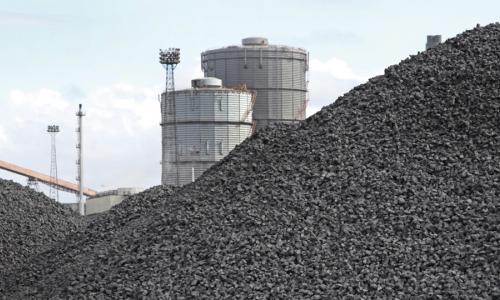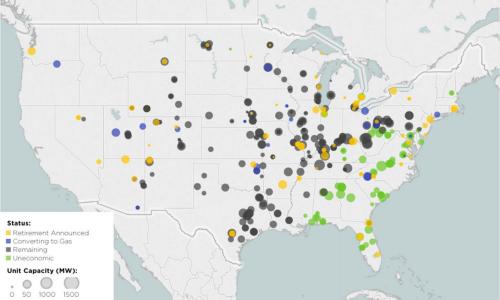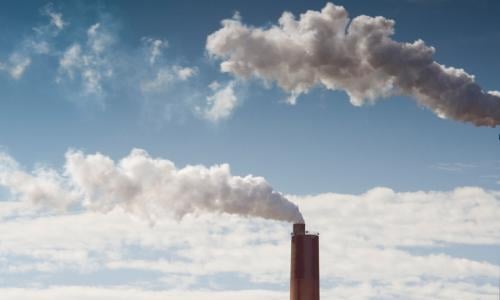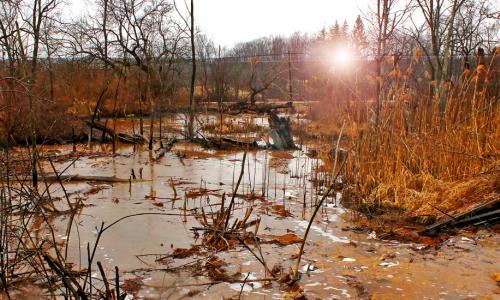Formed deep underground over thousands of years of heat and pressure, coal is a carbon-rich black rock that releases energy when burned. In the United States, roughly 30 percent of all electricity comes from coal: the rest comes from natural gas, nuclear, and renewables like wind and solar.
Most US coal comes from either above-ground mines in Wyoming and Montana, or underground mines in Appalachia. Mining jobs—once an important component of the US economy—have fallen dramatically since peaking in the 1950s, thanks in large part to advances in machine automation.
More recently, coal production and coal power have slowed, as other cleaner sources of electricity become more affordable. While difficult for the communities that depend on coal mines and plants, the transition away from coal is essential for avoiding some of coal’s worst impacts.
Coal impacts: air pollution
When coal is burned it releases a number of airborne toxins and pollutants. They include mercury, lead, sulfur dioxide, nitrogen oxides, particulates, and various other heavy metals. Health impacts can range from asthma and breathing difficulties, to brain damage, heart problems, cancer, neurological disorders, and premature death.
Although limits set by the Environmental Protection Agency (EPA) have helped prevent some of these emissions, many plants don’t have the necessary pollution controls installed. The future of these protections remains unclear.
Coal impacts: water pollution
When you burn charcoal in your grill at home, ash is leftover. The same is true for coal-fired power plants, which produce more than 100 million tons of coal ash every year. More than half of that waste ends up in ponds, lakes, landfills, and other sites where, over time, it can contaminate waterways and drinking water supplies.
Other water impacts include acid rock drainage from coal mines, the obliteration of mountain streams and valleys by mountain top removal mining, and the energy-water collisions that occur when coal plants rely too heavily on local water supplies.
Coal impacts: global warming
Climate change is coal’s most serious, long-term, global impact. Chemically, coal is mostly carbon, which, when burned, reacts with oxygen in the air to produce carbon dioxide, a heat-trapping gas. When released into the atmosphere, carbon dioxide works like a blanket, warming the earth above normal limits.
Consequences of global warming include drought, sea level rise, flooding, extreme weather, and species loss. The severity of those impacts is tied directly to the amount of carbon dioxide we release, including from coal plants. In the United States, coal accounts for roughly one-quarter of all energy-related carbon emissions.








